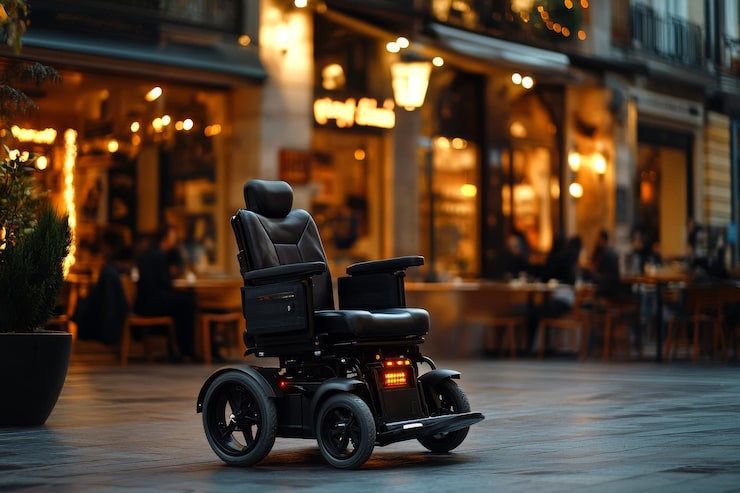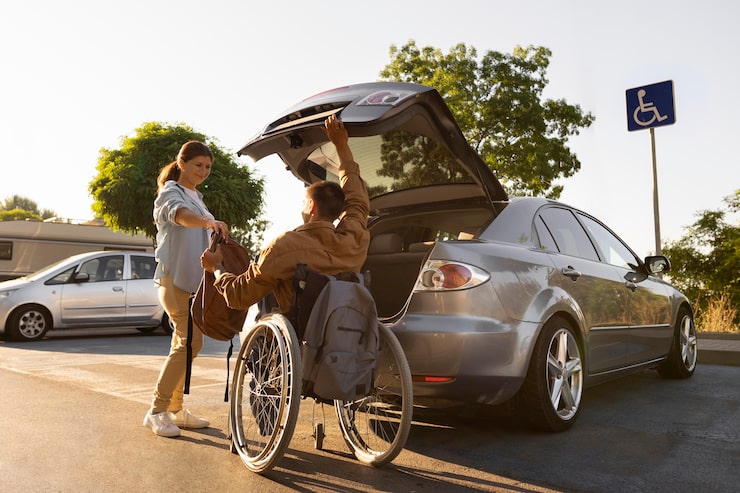Technology is reshaping how we think about independence and accessibility. Today, power wheelchairs are no longer just mobility aids; they are evolving into smart solutions that integrate comfort, safety, and innovation. This article explores how modern advancements are redefining mobility, why personalization matters, and what the future holds for individuals seeking freedom through technology.
The Evolution of Mobility Technology
Mobility solutions have come a long way from basic manual wheelchairs. The introduction of powered models marked a turning point, offering greater autonomy. Now, the integration of smart features—such as obstacle detection, GPS navigation, and adaptive seating—has elevated the experience even further.
Key Milestones in Wheelchair Innovation
- Transition from manual to powered designs
- Introduction of joystick and touch‑based controls
- Development of lightweight yet durable frames
- Integration of smart sensors for safety
These milestones reflect a commitment to improving both functionality and user experience.
Why Smart Power Wheelchairs Matter
Enhancing Independence
Smart features allow users to navigate complex environments with confidence. Automated braking systems, terrain adaptability, and customizable driving modes reduce risks and expand possibilities.
Improving Quality of Life
Mobility is directly linked to emotional well‑being. When individuals can move freely, they experience greater confidence, reduced dependency, and improved social participation. Families also benefit from reduced caregiving demands.
Accessibility in Modern Infrastructure
Cities and communities are increasingly designed with accessibility in mind. Smart power wheelchairs complement these efforts, ensuring users can fully engage with public spaces, workplaces, and recreational areas.
The Role of Personalization
No two mobility needs are the same. A customized wheelchair ensures that seating, controls, and support systems align with individual requirements. Personalization enhances comfort, safety, and usability.
Examples of Personalization
- Adjustable seating for posture support
- Specialized cushions to prevent pressure sores
- Tailored joystick sensitivity for varying hand strength
- Modular designs that adapt to evolving needs
Healthcare providers often collaborate with mobility specialists to deliver solutions that maximize independence while prioritizing health.
Real‑World Benefits of Smart Mobility
Individuals who adopt smart power wheelchairs often report transformative changes:
- Greater independence in commuting and daily tasks
- Ability to participate in social and professional activities
- Reduced reliance on caregivers
- Enhanced confidence and emotional well‑being
These outcomes highlight the profound impact of combining technology with personalization.
The Future of Smart Power Wheelchairs
Artificial Intelligence Integration
AI‑driven controls are emerging, offering predictive navigation, obstacle avoidance, and personalized driving modes. These features promise safer and more intuitive mobility experiences.
Sustainability and Eco‑Friendly Design
Manufacturers are focusing on energy‑efficient batteries and recyclable materials. This shift not only benefits the environment but also reduces long‑term costs for users.
Expanding Accessibility Programs
Governments and organizations are investing in initiatives that make advanced mobility solutions more affordable. This ensures independence is accessible to all, not just a select few.]

Choosing the Right Smart Wheelchair
Selecting the right model requires careful consideration:
- Lifestyle Needs: Indoor vs. outdoor use, terrain challenges, and commuting requirements
- Medical Considerations: Posture support, seating adjustments, and specialized controls
- Budget and Insurance: Understanding coverage options and long‑term maintenance costs
- Professional Guidance: Consulting healthcare providers and mobility experts ensures the best fit
By evaluating these factors, individuals can make informed decisions that enhance both comfort and independence.
Impact on Families and Caregivers
Smart mobility solutions extend beyond the user. Families and caregivers benefit from reduced physical strain, fewer logistical challenges, and improved emotional well‑being. This ripple effect underscores the broader value of investing in advanced technology.
Conclusion
Smart power wheelchairs represent the next chapter in mobility innovation. By combining advanced technology with personalization, these solutions empower individuals to live independently, confidently, and sustainably. As accessibility initiatives expand and technology evolves, the future of mobility promises freedom without limits.

